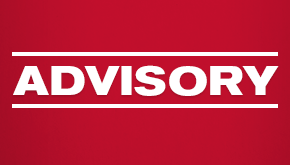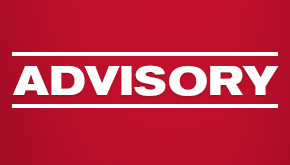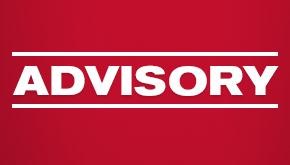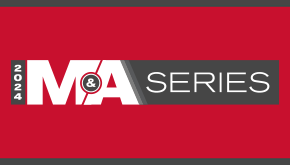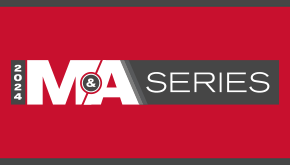Slack-fill Litigation on the Rise
The recent filing of a proposed class action targeting Mondelez International, Inc. for the amount of empty space in its Sour Patch Watermelon candy boxes is the latest lawsuit targeting consumer goods manufacturers for "slack-fill" packaging. The case, which is pending in the Southern District of New York, is part of a rising tide against makers of everything from laundry detergent to pet food for allegedly misleading consumers about how much product is actually inside of a box, bag or bottle.
The Food and Drug Administration (FDA), in regulations pursuant to the Food, Drug & Cosmetics Act (FDCA), defines slack-fill as the difference between the actual capacity of a container and volume of the product contained in the packaging/container. Slack-fill is then sub-divided into "non-functional slack-fill," which is generally defined as the empty space in a package that is filled to less than its capacity for reasons other than:
- Protection of the contents of the package;
- Requirements of machines used for enclosing the contents in such package;
- Unavoidable product settling during shipping and handling;
- Need for the package to perform a specific function (e.g., where packaging plays a role in the preparation or consumption of food) inherent to the nature of the food and which is clearly communicated;
- Packaging that is a reusable container that is part of the presentation of the food and has significant value in proportion to the food or independent of its function vis-à-vis the food (e.g., gift containers promotional packaging); and,
- Inability to increase the level of fill or to reduce the size of the package (e.g., to provide for label placement, accommodate tamper-resistant devices, etc.).
Litigation in this area is burgeoning, and is seen as a ripe area for continued litigation across the country. Class actions in both state and federal court allege not only violations of the FDCA, but also state law regimes, either codified (e.g., Sections 12601-12615.5 of the California Business and Professions Code) or common law (state consumer protection and merchandising practices laws). Consumer class actions routinely allege the presence of non-functional slack-fill sufficient to constitute misrepresentation to consumers. In the last several years, major companies including Mars, Inc. (packaging of M&M’s® Minis), and Unilever (AXE/Degree® deodorant) have been the subject of putative class actions, with varying success. Regardless of the merits of the claims, they require active litigation and the incurring of ancillary costs of defense.
With the increasing frequency of slack-fill related filings, it is incumbent on all consumer good and food production companies to audit their product stock and their packaging. Companies should examine packaging to determine the accuracy of representations in labeling, evaluate and document production processes related to filling of packaging, and document when appropriate any determination for the need of functional slack-fill meeting any of the six criteria outlined above. Companies may also want to evaluate the utility of providing explanatory comments on packaging or modifying packaging to avoid slack-fill claims.


